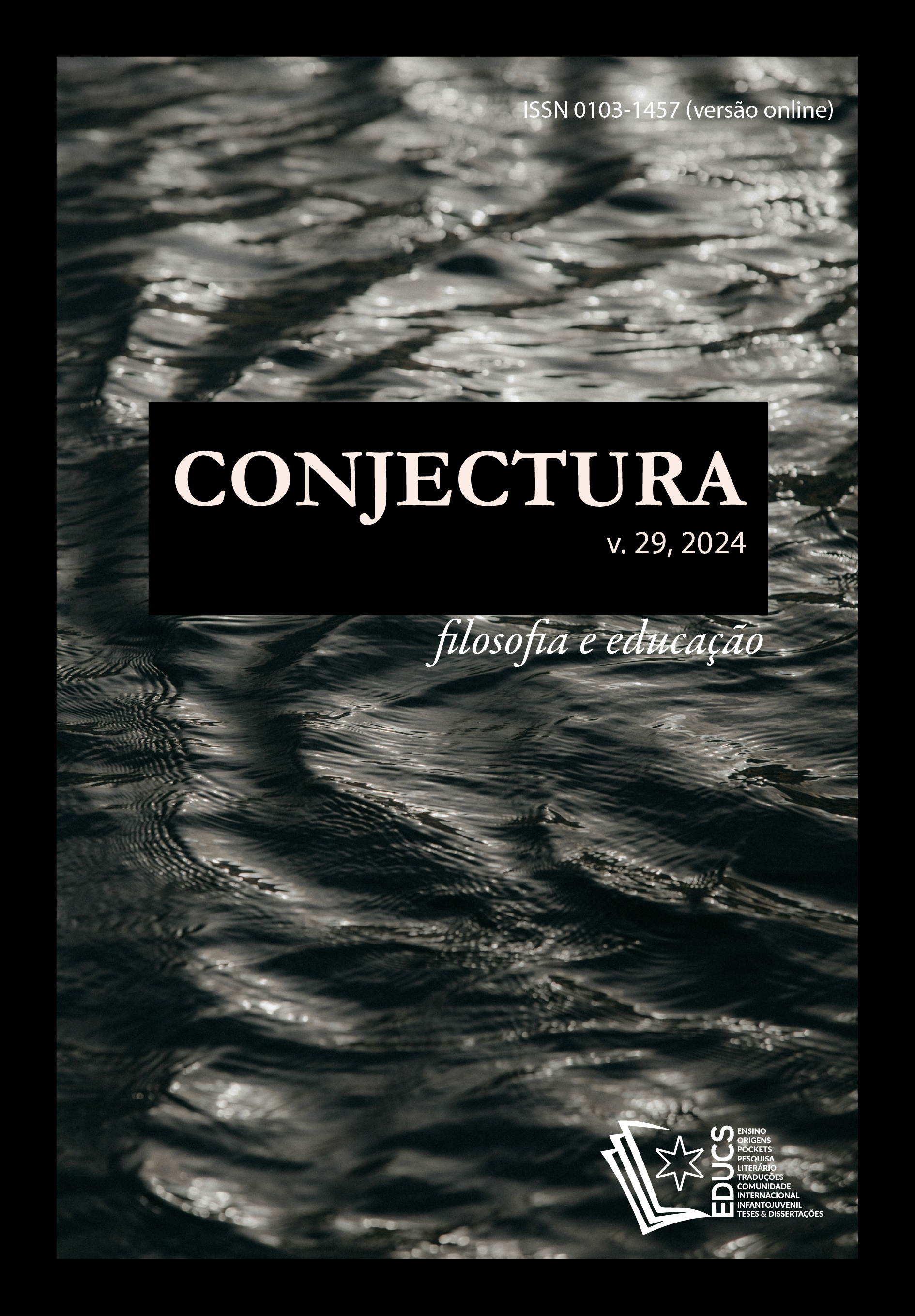A biblioteca escolar e o livro literário: espaços (com)fabulados
DOI:
https://doi.org/10.18226/21784612.v29.e024006Keywords:
Letramento literário, biblioteca, prática educacionalAbstract
For Jorge Luís Borges, the idea of library encompassed all the books and, by extension all the Universe (1944); by being readers,
men would have access to all the world. However, reality restricts access from libraries to literary books to which the teacher and the reader being educated would have the right, transforming the magical space of Borgin’s Babel into a place of conflicts and punishments, lacking in beauty and playful experiences. The first National Education Plan (1962) predicted that, within five years, all schools would have a library. However, Inep (2018) data show that there was no progress in either expanding the number of libraries or encouraging their use. Poorly used, precarious, inaccessible, and frustrating, the physical space of the library
is an interesting metaphor for understanding the spaces that literary books and the development of literature readers have in contemporary school reality. The BNCC (2018) lists proposals for literary reading at school and considers the access to literature every student’s right. However, time, schooling and fragmentation of readings influence the choices and methodologies used in the classroom. In practice, the teacher and the student only have the textbook as a means of accessing literature. This work analyzes the spatial relationships that are articulated among school libraries, the teaching of literature and the use of textbooks as the
only form of access to literary text, highlighting as a corpus of approach the book Português: linguagens, (High School, 1st. Volume) by William Roberto Cereja and Thereza Cochar Magalhães (2015), the most distributed collection in the Brazil by PNLD/2015. Between what is proposed in the strategic suggestions of the textbook and the student’s effective access to the book and their acquisition of reading skills, there is a gap. Taking as a basis the “Suggestion of strategies” section of the analyzed book, the aim is to contribute to the expansion of this space of readings and languages, moving reading from the classroom and traditional spaces, proposing “storytelling” strategies, performances and body expressions as new methodologies for reading in the classroom.
References
REBELLO, Ivana Ferrante; SANTOS, Rita de Cássia Silva Dionísio; SILVA, Elisângela Mesquita. A biblioteca escolar e o livro literário: espaços (com)fabulados. Conjectura: Filos. Educ., Caxias do Sul, RS, v. 29, e024006, 2024. DOI:10.18226/21784612.v29.e024006.
Downloads
Published
How to Cite
Issue
Section
License
1. The publication of the originals will imply the assignment of copyright to Conjectura Journal.
2. Texts cannot be reproduced without authorization from the Journal after acceptance.









